Description of the variety of cucumbers Khrustishka F1, photos of the harvest and reviews of gardeners, tips for growing
Cucumbers of the Khrustishka F1 variety are a hybrid bred by Russian breeders. This variety is similar in its qualities to the Khrustyk cucumbers from the Gavrish company and the Miracle Khrustyk from Aelita. All these hybrids are paternocarpic, early maturing. Each of these three varieties claims to be very juicy and crunchy, so they are often confused with each other. Below is a description of the variety Khrustishka F1.
Description of the plant
Crisp cucumbers are suitable for growing in any region, on an open bed under a film, in a closed greenhouse or greenhouse. Seeds are not formed in greens, so they must be purchased every year. Flowering type - female, 2-3 flowers per node.
Cucumbers of this variety are distinguished by average germination and early maturity. For pollination, bees and other insects are not needed, which cannot but please gardeners.
The plant is medium-branched, indeterminate, that is, the main stem is not limited in its growth. The leaves are bright green, large. On one bush, about seven nodes grow, each can grow up to three greens. Up to 10 kg of cucumbers can be harvested from one m².
Cucumbers of this variety can be called relatively small: they reach only 10 cm in length, weight - no more than 80 g. The shape of zelents is oval, slightly pointed. Small bumps with white spines are visible on the surface. The skin itself is thin with pale stripes. The pulp is sweet, without bitterness and very crispy.
Advantages of the variety
Khrustishka cucumbers are artificially bred, they are a hybrid. Breeders have tried to endow the plant with characteristics that allow it to successfully grow cucumbers and harvest a decent harvest in most climatic zones.
This is why the F1 Crunchy is so fond of gardeners:
- high productivity;
- early maturity;
- versatility;
- bright green color without yellowness;
- amicable maturation;
- beautiful appearance;
- immunity to many diseases;
- endurance for transportation;
- long shelf life.
All these qualities are stated in the description of the variety on the packaging. At the end of the article, gardeners' reviews and crop photos will be presented for a more objective assessment of the hybrid.
Growing
Crunchy belongs to the paternocapic varieties. Previously, gardeners were of the same opinion that they were not suitable for growing in an open garden. This is due to increased vulnerability to temperature extremes - greens can grow curves. Initially, Khrustishka was bred specifically for growing in greenhouse conditions. However, it has now been experimentally proven that Crusty F1 can withstand climatic fluctuations and grows well in different conditions.
Recently, this variety of cucumbers has been increasingly planted in an open garden. Planting begins in May, the seeds are placed in pits 2-3 cm deep, lightly sprinkled with earth, watered and covered with foil. To ensure air access, experienced gardeners carry out aeration with sawdust - a small amount of sawdust is poured onto the garden bed, then everything is loosened and mixed.
Planting seeds
After purchasing seeds, you need to choose containers for germination of shoots. You can use regular pots and boxes to grow seedlings. Before planting, the soil is watered in containers, the seeds are also moistened and then planted in a nutritious soil. To ensure the greenhouse effect, the container is covered with foil.
This variety is photophilous, so the containers are, if possible, located on the south side. The first young shoots may appear after 5 days.
In a couple of months, strong and healthy seedlings will appear. One ordinary box holds about 5-6 bushes. As mentioned above, Crunchy F1 is not limited in its growth, therefore, the seedlings must be carefully tied up and placed on the windowsill.
Transfer to a permanent place
When the seedlings get stronger, they can be transplanted to the main place. Before that, it is necessary to enrich the soil in the garden. Complex fertilizers are usually used - for example, 1 tablespoon of wood ash for each bush.
Saplings are placed in squares of half a meter. If planted less frequently, the yield decreases. In the case of planting seedlings in a greenhouse, the right time is mid-May.
Hybrid care
In general, taking care of Khrustishka does not cause much trouble. Watering is provided three times a week before the first ovaries appear, then the plant will need more moisture - the cucumbers are watered every day. Water is used only warm, settled in the sun. The ideal time to water is early morning. The main thing is to observe a moderate regime. In no case should you flood the bushes with water - the root system will rot. Water should also not get on the leaves, water the soil around the stem.
After each watering, it is necessary to delicately loosen the soil so that a crust does not form - it will close the access of oxygen to the roots. The lower leaves can be pinched off - this is how ventilation is provided, and the plant is protected from pests living on the ground.
It is advisable to periodically sprinkle the beds with wood ash. Regular weeding is a must. You can also cover the beds with a layer of hay to inhibit weed growth. Only the ground still needs to be loosened, lifting the mulch.
If you follow the basic rules, "Khrustyashka" (as some gardeners call it) will give a decent harvest, will delight gardeners with juicy and tasty fruits.
Reviews
Summer residents willingly share their photos of the harvest, the experience of growing this or that variety. Below are some reviews of the F1 Crunchy hybrid.
Sergey: “I grew Khrustishka in the open field, regularly used top dressing. My efforts yielded results, the harvest was excellent. The cucumbers were lightly salted and pickled, it turned out very tasty. "
Olga: “The cucumbers are very tasty, crispy, small - everything is as indicated on the bag. However, in August we were struck by root rot, and then a spider mite! At the same time, the harvest was not bad. Planted in early April in a greenhouse, cucumbers were harvested from July to October. "
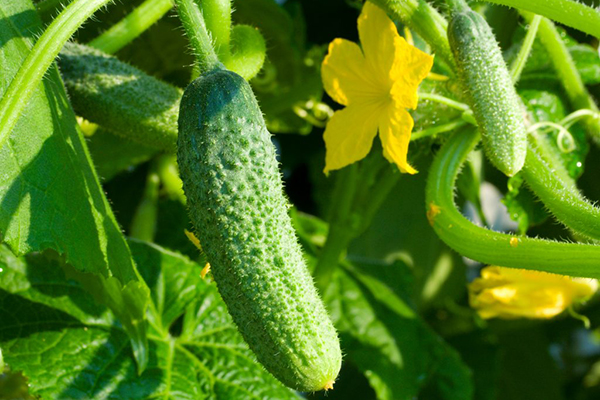
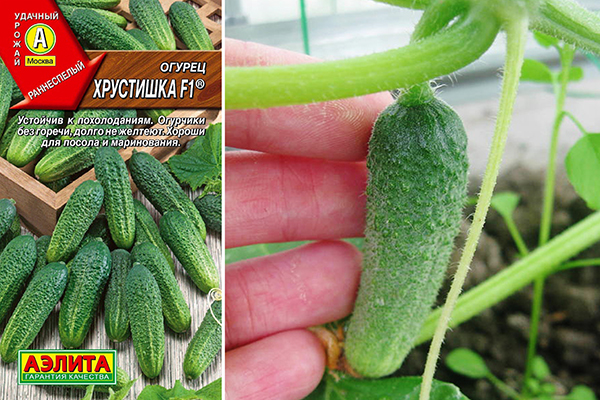
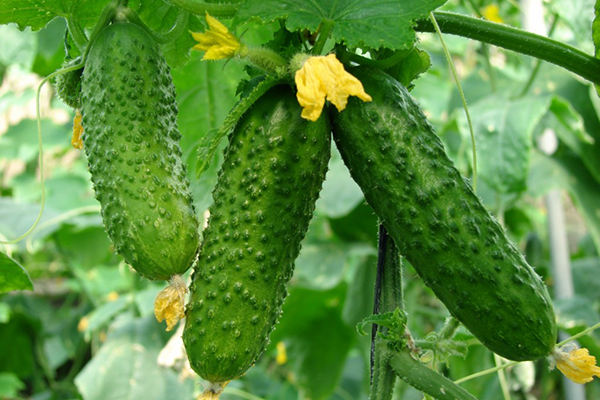
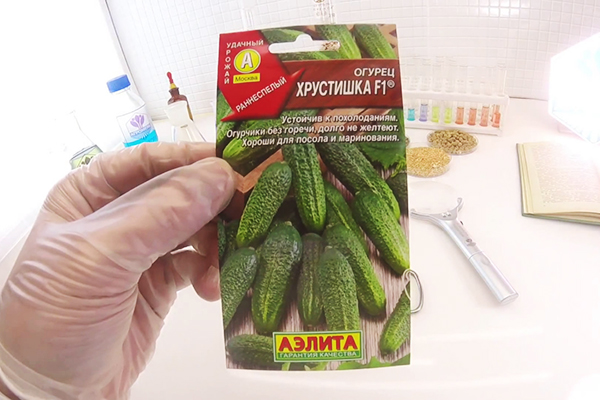

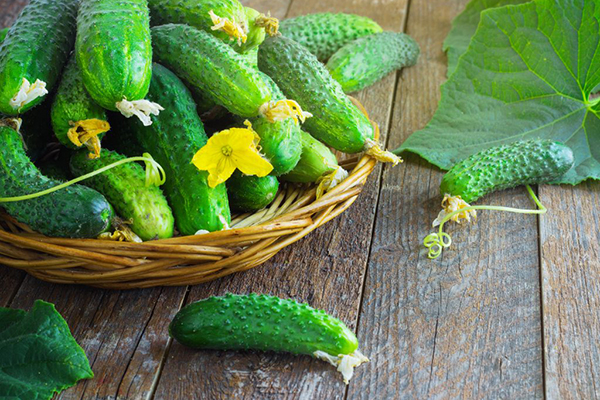

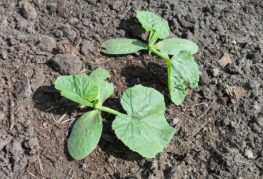
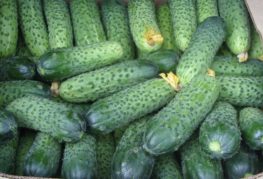

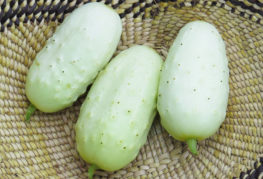

and will be published shortly.